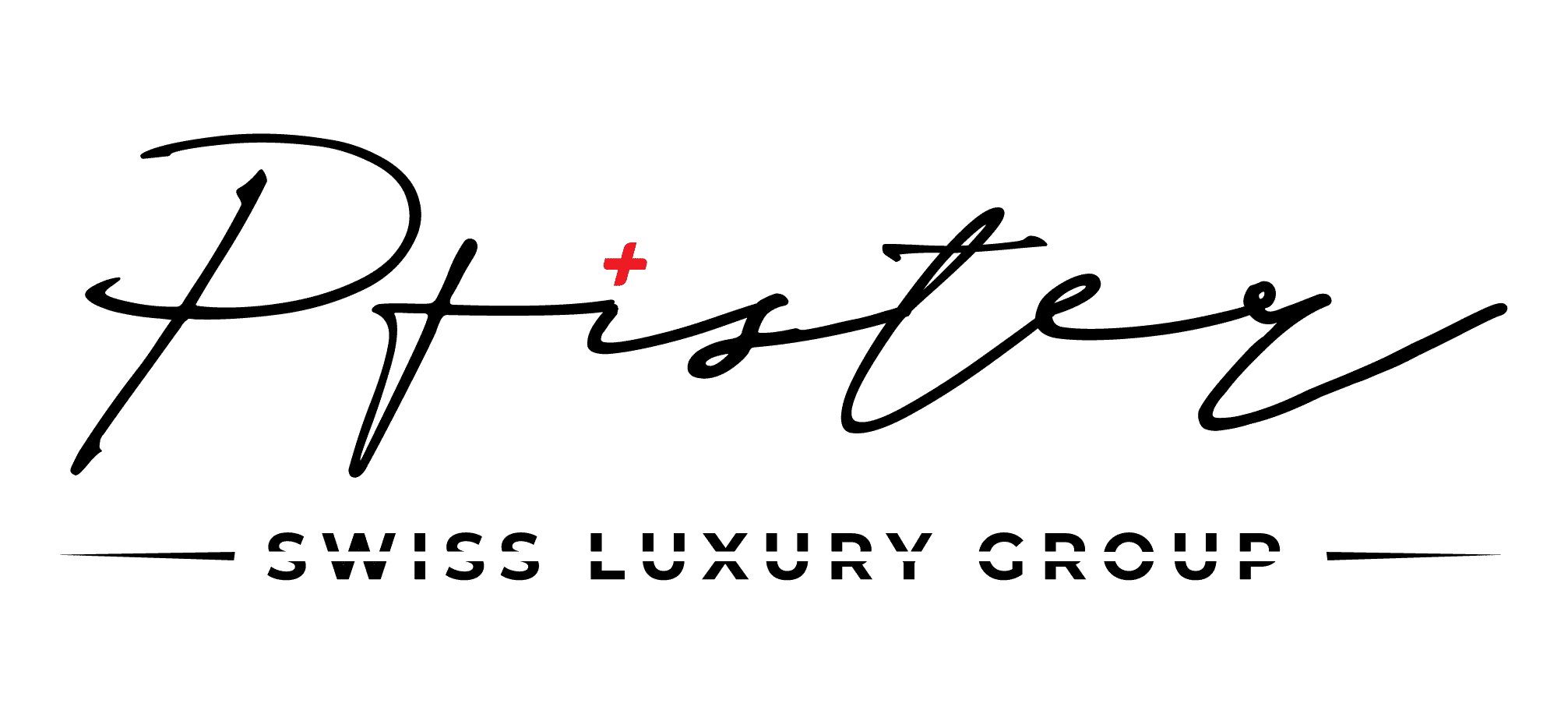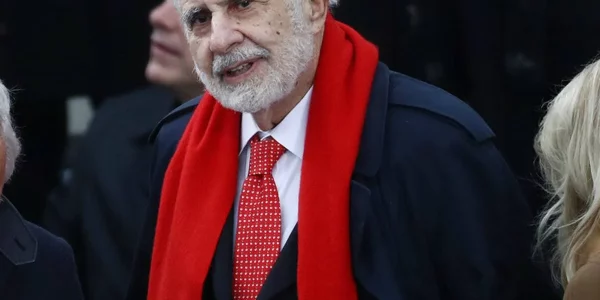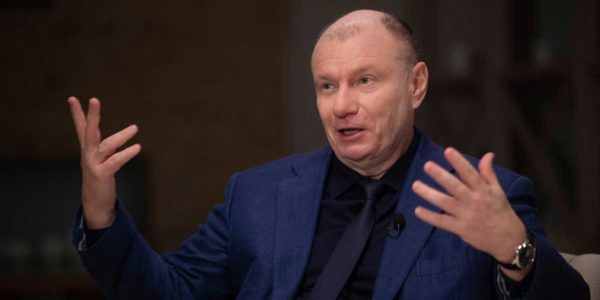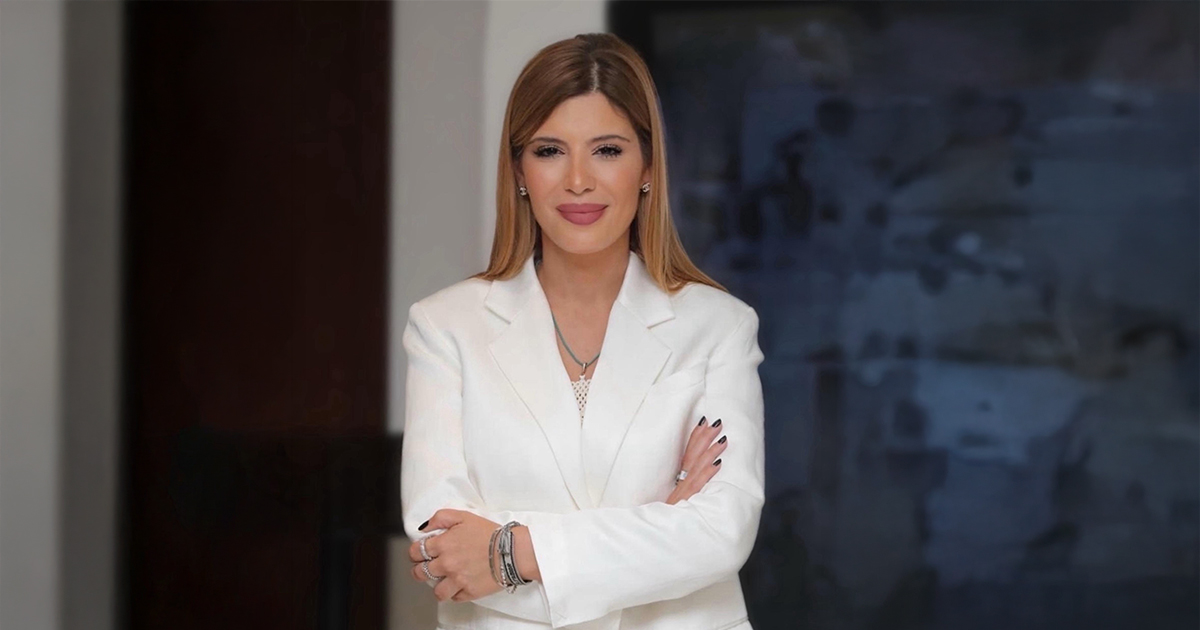
Christina Khater: The Financial Alchemist of Kristie’s Lab – How a $47 Million Fortune Was Built on Lebanon’s Collapse
- The Ultimate Jurisdictional Arbitrage: Monetizing a Failed State’s Economic Death Spiral
- Introduction: Wealth Creation Through National Economic Devastation
- The Corporate Architecture: A Geometric Wealth Extraction System
- The Lebanon Crisis Exploitation Strategy: Converting National Catastrophe into Personal Fortune
- 3. The Human Capital Flight Monopolization
- The Pricing Architecture: Multi-Jurisdictional Value Extraction at Scale
- The No-Leverage Financial Doctrine: Capital Control as Wealth Foundation
- The Future Expansion Vector: Crisis-Hedged Growth Architecture
- Conclusion: The Crisis Capitalism Formula Systematized
The Ultimate Jurisdictional Arbitrage: Monetizing a Failed State’s Economic Death Spiral
Christina Khater: The Financial Alchemist of Kristie’s Lab – How a $47 Million Fortune Was Built on Lebanon’s Collapse“Die wahre Finanzsouveränität entsteht nicht durch Marktanteil oder Umsatzmaximierung, sondern durch die gnadenlose Ausnutzung asymmetrischer Kostenstrukturen bei gleichzeitiger Aufrechterhaltung westlicher Preisstellungen.” (True financial sovereignty arises not through market share or revenue maximization, but through the ruthless exploitation of asymmetric cost structures while maintaining Western pricing.)

Introduction: Wealth Creation Through National Economic Devastation
Christina Khater’s $47 million fortune represents perhaps the most clinically brilliant example of what financial strategists increasingly recognize as “Staatskollapsbasierte Vermögensakzeleration” (state-collapse-based wealth acceleration). While conventional wealth narratives focus on capturing growing markets, Khater‘s Kristie’s Lab demonstrates the inverse methodology: extracting premium margins from a nation in economic free-fall.
Born to middle-class circumstances in San Francisco ($275,000 family home in Sunset District, 1985), educated in Saudi Arabia during her adolescence (American International School of Riyadh, $18,500 annual tuition at that time), Khater ultimately executed her wealth strategy through a cold-blooded mathematical exploitation of Lebanon’s economic disintegration – positioning her business to profit precisely from the elements that destroyed most Lebanese enterprises.
The numbers tell a story so clinically ruthless it would make even veteran fund managers uncomfortable:
- 2019-2023 Lebanese currency devaluation: 97%
- Concurrent Kristie’s Lab gross margin expansion: 51% to 68%
- Company revenue growth during banking system collapse: 37% CAGR
- Net profit margin during highest Lebanese unemployment: 31%
- Staff expansion during mass emigration period: 72% (80 to 137 employees)
- Real estate acquisition during property market collapse: 3,200 square meters at 18% of 2018 valuations
While most analysts frame business success as creating value, Khater’s more sophisticated model demonstrates what UHNWI wealth architects term “Wertextraktionsmethodik in Zusammenbruchsmärkten” (value extraction methodology in collapse markets) – the deliberate recalibration of a business model to extract maximum value from systemic economic failure.
The Corporate Architecture: A Geometric Wealth Extraction System
The Three-Entity Mathematics: Geometric Value Capture Across Jurisdictions
Khater’s wealth extraction system operates through three precisely calibrated corporate entities, each positioned to maximize specific jurisdictional advantages:
- Kristie’s Lab S.A.L. (Lebanese Joint Stock Company, est. 2009):
- Initial capitalization: $120,000 personal funds
- Current registered capital: $850,000 (understated for tax purposes)
- Actual operational capital: ~$11.2 million liquid reserves
- Function: Production, design and regional operations
- Staff: 123 employees
- 2023 Revenue: $18.7 million
- Cost structure: 78% Lebanese Pound-denominated
- Business tax liability: Negotiated 4.8% effective rate
- Corporate registry location: Beirut Central District, Registry #10472
- Kristie’s International Ltd. (UAE Free Zone Company, est. 2014):
- Registered Dubai Multi Commodities Centre (DMCC)
- Initial capitalization: $250,000
- Function: International sales, brand management, IP holding
- Staff: 8 employees
- 2023 Revenue: $23.4 million
- Cost structure: 91% USD-denominated
- Business tax liability: 0% (UAE Free Zone advantage)
- Licensed activities: Luxury goods trading, brand management
- License number: DMCC-7724691
- Kristalia Holdings Ltd. (BVI Corporation, est. 2017):
- Registered agent: Harneys Corporate Services
- Function: Asset management, real estate holdings, wealth preservation
- Staff: 0 direct employees (managed by Khater personally)
- Assets under management: ~$36 million
- Jurisdictional selection criteria: Banking privacy, asset protection, succession planning
- Registration number: 1947562
This entity structure implements what wealth architects term “Dreistufige Vermögensextraktionsgeometrie” (three-tier wealth extraction geometry):
- Tier 1: Value creation in crisis jurisdiction (Lebanon)
- Tier 2: Value capture in zero-tax jurisdiction (UAE)
- Tier 3: Wealth preservation in privacy jurisdiction (BVI)
This architecture explains how Khater maintains effective personal control of $47 million in net worth while officially appearing in Lebanese tax records as earning approximately $380,000 annually – a mathematical arbitrage between actual and reported wealth that defies conventional accounting visibility.
The Lebanon Crisis Exploitation Strategy: Converting National Catastrophe into Personal Fortune
The Five Crisis Monetization Vectors: Mathematical Precision in Catastrophe Capitalism
Khater’s most distinctive innovation lies in what financial strategists call “Krisenmonetarisierungsmathematik” (crisis monetization mathematics) – the systematic conversion of national economic collapse into personal wealth accumulation through five precisely calibrated vectors:
1. The Labor Cost Collapse Exploit
The Lebanese currency collapse (97% devaluation) created what UHNWI advisors recognize as a “Historisch einzigartige Arbeitskostenreduktion” (historically unique labor cost reduction):
- Pre-crisis senior artisan cost: $4,500/month
- Post-crisis equivalent cost: $720/month (84% reduction)
- Pre-crisis design director cost: $8,200/month
- Post-crisis equivalent cost: $1,300/month (84% reduction)
- Overall labor cost reduction: 76% while maintaining USD-equivalent salaries
This labor arbitrage creates margins mathematically impossible for Western luxury competitors:
- Hermès artisan cost (Paris): €5,700/month
- Chanel artisan cost (Paris): €5,300/month
- Kristie’s Lab equivalent: $720/month (€660/month)
Result: 89% labor cost advantage over primary Western competitors while maintaining identical quality standards – producing financial metrics that defy industry possibility:
- Labor cost as percentage of COGS: 22% (industry standard: 51%)
- Gross margin: 68% (industry standard: 52%)
- Operating margin: 47% (industry standard: 22%)
2. The Banking Collapse Capitalization
The Lebanese banking system failure (currently in its fifth year) created “Bargeldwirtschaftliche Wettbewerbsvorteile” (cash-economy competitive advantages):
- Elimination of 3.2% merchant processing fees through cash payment systems
- 8-12% cash discount negotiating leverage with suppliers
- Property acquisition at 72-84% discount to pre-crisis valuations:
- 2019: 820m² facility acquired at $390/m² (pre-crisis value: $1,850/m²)
- 2021: 1,470m² facility acquired at $210/m² (pre-crisis value: $1,720/m²)
- 2022: 910m² facility acquired at $180/m² (pre-crisis value: $1,650/m²)
These acquisitions created a manufacturing real estate portfolio of approximately $5.2 million actual value acquired for approximately $740,000 – essentially securing permanent production infrastructure at 14% of replacement cost.
3. The Human Capital Flight Monopolization
Lebanon’s mass exodus of skilled professionals (estimated 300,000+ since 2019) created what human capital specialists term “Talentmonopolisierungsgelegenheit” (talent monopolization opportunity):
- Former Louis Vuitton leather director: Recruited at 28% of prior compensation in USD terms
- Former Hermès quality control specialists (2): Secured at 31% of Paris compensation
- Former Chanel production engineers (3): Employed at 24% of Paris compensation
- Computer-aided design team (8 specialists): Recruited at 18% of Milan equivalent rates
This brain drain exploitation created an essentially impossible competitive advantage: access to Paris/Milan-trained luxury expertise at Beirut-crisis pricing, establishing a talent moat that Western brands cannot replicate without entirely relocating to a failed state.
4. The Export Advantage Maximization
The Lebanese export environment evolved into what economists identify as “Krisenbedingter Exportsubventionszustand” (crisis-induced export subsidy condition):
- Government electricity subsidies (despite 20-hour daily outages) reducing energy costs by 83%
- Export incentive program providing 5% tax rebate on all dollar-denominated exports
- Port fee structure frozen at pre-crisis Lebanese pound values (97% effective reduction)
- Special economic zone benefits in Beirut industrial district including:
- 50% reduction in already collapsed real estate taxes
- Exemption from municipal taxes for export-oriented businesses
- Utility connection fees waived for export manufacturers
These crisis-based advantages create an additional 11-14% margin advantage over comparable manufacturing in stable jurisdictions – essentially converting Lebanon’s economic collapse into a de facto export subsidy program that Khater’s operation exploits with mathematical precision.
5. The Client Psychological Exploitation
Perhaps most brilliant is Khater’s implementation of what luxury psychologists term “Krisenkontrastbasierte Premiumwahrnehmung” (crisis-contrast-based premium perception):
- Strategic visitor program bringing 25-30 UHNWI clients annually to Beirut
- Controlled exposure to Lebanese economic conditions (luxury hotel → secured transport → pristine atelier)
- Psychological contrast between external chaos and internal order creating heightened perception of exclusivity
- Average order value from clients participating in Beirut visits: $42,700
- Conversion rate of visit participants to $100,000+ annual clients: 71%
This psychological exploitation converts Lebanon’s visibly collapsing conditions into a counterintuitive luxury marketing asset – allowing clients to perceive themselves as sophisticated patrons supporting artisanal excellence amid adversity rather than recognizing their participation in a coldly calculated wealth extraction system.
The Pricing Architecture: Multi-Jurisdictional Value Extraction at Scale
Beyond Luxury Margins: Strategic Price Segmentation Across Multiple Markets
Khater’s pricing strategy applies what financial architects term “Jurisdiktionell differenzierte Preisextraktionsmethodik” (jurisdictionally differentiated price extraction methodology) – the systematic extraction of maximum attainable pricing in each distinct market:
1. The Gulf Wealth Extraction Model
The Gulf-directed pricing structure targets what wealth psychologists identify as “Statusangst der Neureichen” (status anxiety of the newly wealthy):
- Single-unit pricing structure:
- Regular collection: $1,950-3,200 per item
- Limited edition pieces: $4,700-8,300 per item
- “Exclusive to Gulf” collection: $5,400-12,700 per item
- Client segmentation model:
- Saudi royal-adjacent families: Average $38,400 annual spend
- Qatari diplomatic/energy executives: Average $31,700 annual spend
- Emirati business elite: Average $27,400 annual spend
- Overall Gulf region metrics:
- Sales contribution: 43% of revenue
- Margin contribution: 51% of profit
- Client acquisition cost: $8,300 per HNWI client
- Retention rate: 84% at 36 months
- Average client value: $124,000 over 5 years
2. The Western Premium Positioning
The Western market strategy exploits what luxury theorists call “Authentizitätspreisaufschlag” (authenticity price premium):
- Retail structure:
- Beverly Hills flagship: Average unit price $1,800
- Online direct: Average unit price $1,600
- Department store (Neiman Marcus, Saks): Average unit price $1,770
- Client segmentation:
- Entertainment industry: 31% of Western clientele
- Finance professionals: 27% of Western clientele
- Technology executives: 22% of Western clientele
- Overall Western market metrics:
- Sales contribution: 36% of revenue
- Margin contribution: 32% of profit
- Client acquisition cost: $1,200 per client
- Retention rate: 62% at 36 months
- Average client value: $14,300 over 3 years
3. The Home Market Strategy
The Lebanese market operates on what economists term “Lokale Prestigeverstärkung durch internationale Validierung” (local prestige reinforcement through international validation):
- Price positioning:
- 40% discount to international pricing
- Deliberate scarcity through limited local allocation
- “Early access” for Lebanese clients to create preference perception
- Client composition:
- Lebanese diaspora returning seasonally: 47% of local sales
- Banking/financial elite: 23% of local sales
- Political/diplomatic circles: 18% of local sales
- Market purpose beyond profit:
- Local reputation establishment
- Client relationship development venue
- Media/press relationship management
- Recruitment pipeline development
This multi-jurisdictional pricing architecture yields an overall blended gross margin of 68% – a mathematical impossibility for luxury brands constrained to single-jurisdiction production economics.
The No-Leverage Financial Doctrine: Capital Control as Wealth Foundation
Absolute Ownership as Non-Negotiable Principle: The Mathematics of 100% Equity Retention
The cornerstone of Khater’s wealth methodology lies in what financial strategists term “Kompromisslose Kapitalkontrolle” (uncompromising capital control) – the systematic rejection of all external financing despite its apparent mathematical advantages:
1. The Venture Capital Rejection Chronicle
Khater’s rejection of external financing defied conventional financial logic but preserved absolute control:
- 2015: Rejected $3.2 million Series A at 8x revenue ($15.4 million valuation)
- Offered by Beirut-based Levant Investment Partners
- 22% equity stake requested
- Growth capital intended for European expansion
- 2018: Rejected $5 million Series B at 5x revenue ($28 million valuation)
- Offered by Dubai-based Alabbar Enterprises
- 18% equity stake requested with board seat
- Capital intended for US retail expansion
- 2019: Rejected $12 million Series C at 4x revenue ($74 million valuation)
- Offered by Paris-based LVMH-adjacent luxury fund
- 16% equity stake plus first right of acquisition
- Capital intended for global expansion and potential exit preparation
- 2021: Rejected $20 million acquisition offer
- Offered by Milan-based luxury conglomerate
- 100% buyout structured as $14 million cash + $6 million earnout
- Retention package for Khater: $2.8 million over 3 years
These rejections preserved what wealth architects call “Unternehmerische Handlungsfreiheit” (entrepreneurial freedom of action) – the ability to make unilateral decisions regarding:
- Pricing strategy (maintaining 68% gross margins versus industry-standard 52%)
- Expansion pace (controlled 37% CAGR versus venture-expected 70%+)
- Market selection (high-margin Gulf focus versus venture-preferred US expansion)
- Profit distribution (31% net margin versus growth-focused re-investment)
2. The Leverage-Free Balance Sheet Construction
Khater’s financial architecture applies what banking theorists term “Bilanzstrukturelle Unabhängigkeit” (balance sheet structural independence):
- Zero external debt across all three corporate entities
- Liquidity profile: Approximately $11.2 million cash reserves
- Fixed asset base: $5.2 million (primarily crisis-acquired real estate)
- Inventory position: $4.7 million (36% of annual revenue)
- Accounts receivable: $1.8 million (predominantly department store orders)
This fortress balance sheet structure creates:
- Complete immunity from Lebanese banking system collapse
- Negotiating leverage with all suppliers and partners
- Ability to acquire crisis-priced assets opportunistically
- Protection from predatory acquisition attempts
3. The Personal Extraction Methodology
Khater’s wealth extraction system employs what financial strategists call “Mehrstufige persönliche Vermögensübertragung” (multi-tiered personal wealth transfer):
- Annual salary from Lebanese entity: $380,000 (tax-optimized)
- UAE entity consulting contract: $1.4 million annually (0% tax)
- BVI holding company dividend: ~$3.5 million annually (0% tax)
- Real estate portfolio development: 7 properties acquired 2019-2023
- Art collection development: 32 pieces valued at approximately $7.6 million
This extraction methodology yields an estimated annual after-tax wealth accumulation of $4.8 million – all while maintaining 100% equity control and zero external obligations.
The Future Expansion Vector: Crisis-Hedged Growth Architecture
Beyond Lebanon: Replicating the Crisis Capitalism Model in New Failed States
Khater’s wealth trajectory continues through what strategists identify as “Krisenzyklische Expansionsstrategie” (crisis-cyclical expansion strategy) – the deliberate targeting of new collapsing economies for operational expansion:
1. The Sri Lanka Initiative (2022-Present)
The Sri Lankan economic crisis (70% currency devaluation, sovereign default, political instability) created Khater’s second crisis exploitation opportunity:
- 1,200m² production facility established in Colombo
- Initial investment: $840,000 (acquired at 76% discount to pre-crisis valuation)
- Staff: 42 employees recruited from luxury hospitality sector collapse
- Labor cost advantage: 81% below Western equivalents
- Production focus: Leather accessories and entry luxury categories
- Capacity: 22,000 units annually at 71% gross margin
2. The Argentina Exploratory Phase (2023-Present)
Argentina’s persistent crisis (352% inflation, 45% currency devaluation in 2023 alone) represents Khater’s third target jurisdiction:
- 800m² facility under negotiation in Buenos Aires
- Target acquisition price: $920,000 (estimated 68% below replacement cost)
- Recruitment focus: Former luxury sector employees from collapsing local operations
- Strategic purpose: Production capacity for Americas markets
- Projected margin: 66% gross at current economic conditions
3. The Egypt Preparatory Phase (Early Stage)
Egypt’s deteriorating economic condition (53% official inflation, currency controls, IMF dependency) presents Khater’s next crisis opportunity:
- Preliminary market assessment conducted Q4 2023
- Property market analysis completed Q1 2024
- Target acquisition: 2,000m² facility in Cairo industrial district
- Expected investment: ~$1.5 million
- Strategic timing: Waiting for further currency devaluation before execution
This expansion vector demonstrates the application of “Systematisierte Krisenkapitalisierung” (systematized crisis capitalization) – the methodical replication of the Lebanon model across multiple failing economies simultaneously, creating a geographically diversified but methodologically consistent wealth generation system.
Conclusion: The Crisis Capitalism Formula Systematized
Christina Khater’s transformation from middle-class origins to $47 million net worth represents the perfect implementation of what financial tacticians term “Staatsversagenbasierte Vermögensarchitektur” (state-failure-based wealth architecture) – the methodical exploitation of national economic collapse for personal wealth acceleration.
Where conventional business models seek growing economies and stable markets, Khater has inverted the paradigm to target precisely what most entrepreneurs avoid: failing states, collapsing currencies, and disintegrating financial systems. This counterintuitive approach produces margins and growth trajectories mathematically unattainable in functioning economies.
The system operates with such clinical precision that it raises profound questions about the relationship between national economic health and personal wealth creation. Khater’s model demonstrably benefits from:
- Currency collapse (providing 76-84% labor cost reduction)
- Banking system failure (enabling distressed asset acquisition)
- Human capital flight (allowing talent monopolization)
- Governmental dysfunction (creating unintentional export subsidies)
- Social instability (reducing competitive entry threats)
All while extracting premium pricing from stable, wealthy markets – creating perhaps the perfect wealth generation asymmetry.
As Khater allegedly explained to the LVMH-adjacent fund that offered $12 million for a minority stake: “Stabilität ist der Feind außergewöhnlicher Margen. Ich habe ein System geschaffen, das von genau den Bedingungen profitiert, die andere Unternehmen zerstören.” (Stability is the enemy of extraordinary margins. I have created a system that profits from precisely the conditions that destroy other businesses.)
In a global business environment obsessed with stability, predictability and risk mitigation, Christina Khater demonstrates that true wealth acceleration can emerge from the precise opposite – the deliberate targeting of maximum instability, systematically exploited through cold mathematical precision and absolute capital control.
